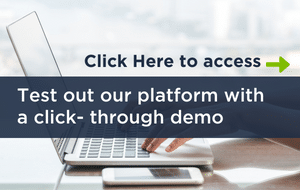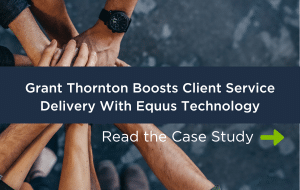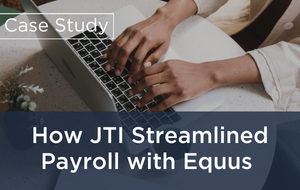Historically, mobility programmes suffered from a lack of sophisticated tools to track and process the huge volumes of data generated across the assignment lifecycle and its network of services and stakeholders. These disparate processes and systems quickly lead to cost overages, poorly managed relocations, compliance issues, and more. To be successful in achieving data insights in global mobility, mobility leaders not only need accurate data to progress moves and quantify their programme’s value, but also to initiate more meaningful conversations within HR and other business stakeholders.
Now, as more companies adopt sophisticated technology tools to automate and integrate their global mobility ecosystem, the ability to consolidate, organise, and visualise data for real-time analysis is becoming a reality.
In an article recently featured in International HR Adviser, we discuss, in 4 simple steps, how to prepare your global mobility organization for data-driven success:
- Beginning with the Basics – Data Integrity
- Collate data
- Integrate systems
- Analyse gaps
- Building the Foundation – Data Visualisation
- Collaborate with the business
- Make improvements and savings
- Meet company goals
- Taking it to the Next Level – Predictive Analytics
- Model trends and multi-factors
- Identify future risks/costs
- Plan effectively
- Pushing the Boundaries – Social Analytics
- Mine external sources
- Rate employees
- Socialise skills and experience
This data-driven vision is quickly becoming a reality for many of our clients around the world:
“Gone are the days of spending hours running a report, adding a million filters and then manually manipulating it to look like something visually meaningful. Now I have dashboards which provide me with a snapshot of the information that I need within seconds.” – Shona Edridge, Global Mobility Lead Europe, at Unilever
“Moving to a single source of truth was a huge leap for us. Only once the data was consolidated and brought up to date could we develop dashboards that could be pushed out to the business detailing volumes, trends and estimated costs. This allowed point-in-time active visibility of spend and a certain amount of predictability on where the programme is heading – whilst the application of traditional expat policy types remains relevant for the right assignee/assignment profiles, the perceptible shift to Permanent Transfers and STAs is particularly key to future business planning.” – Vicki Christofides, Director of Global Mobility at Thomson Reuters
“Cost detail is traditionally challenging to highlight to the business in rows and number formats. Empowering the business to self-serve their own cost data through interactive analytical dashboards has opened their eyes to the detail behind what they approve in terms of spend.” – Gareth Davies, Head of Global Mobility at Rolls-Royce
Want to learn more? Click here to read the full article from International HR Adviser.













